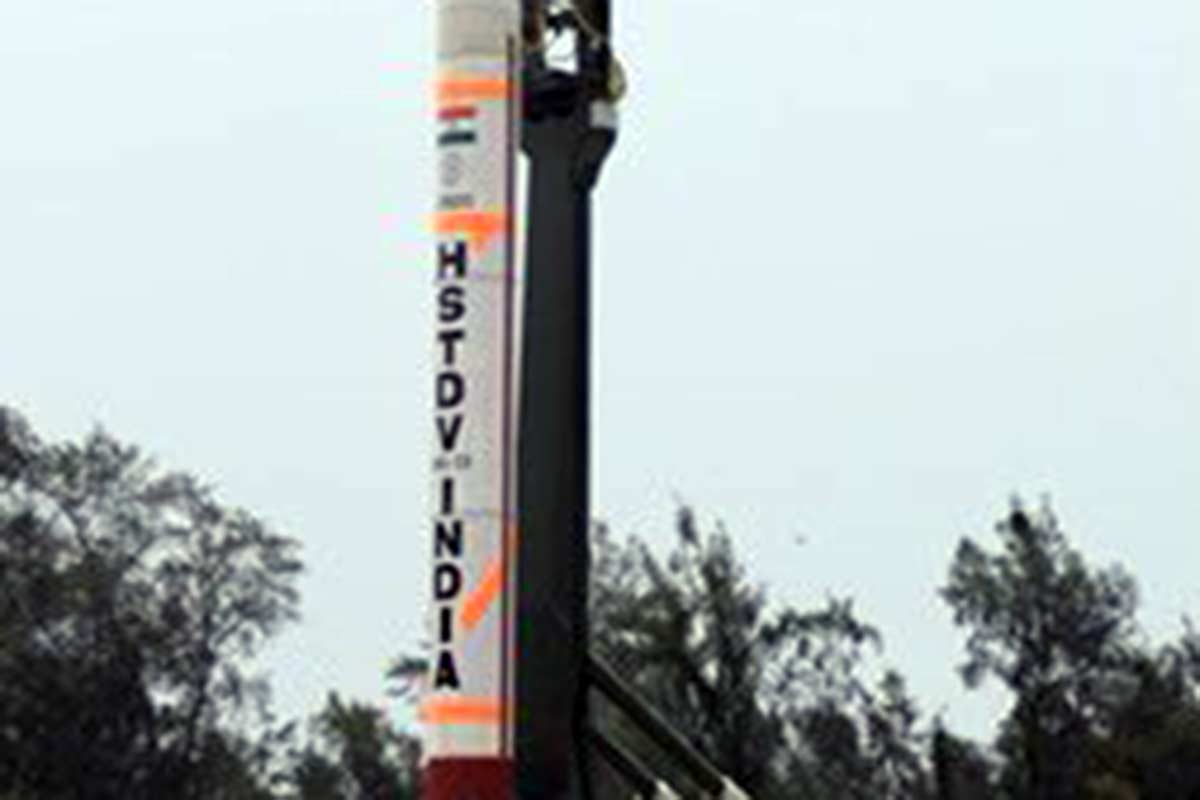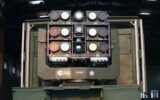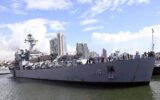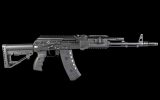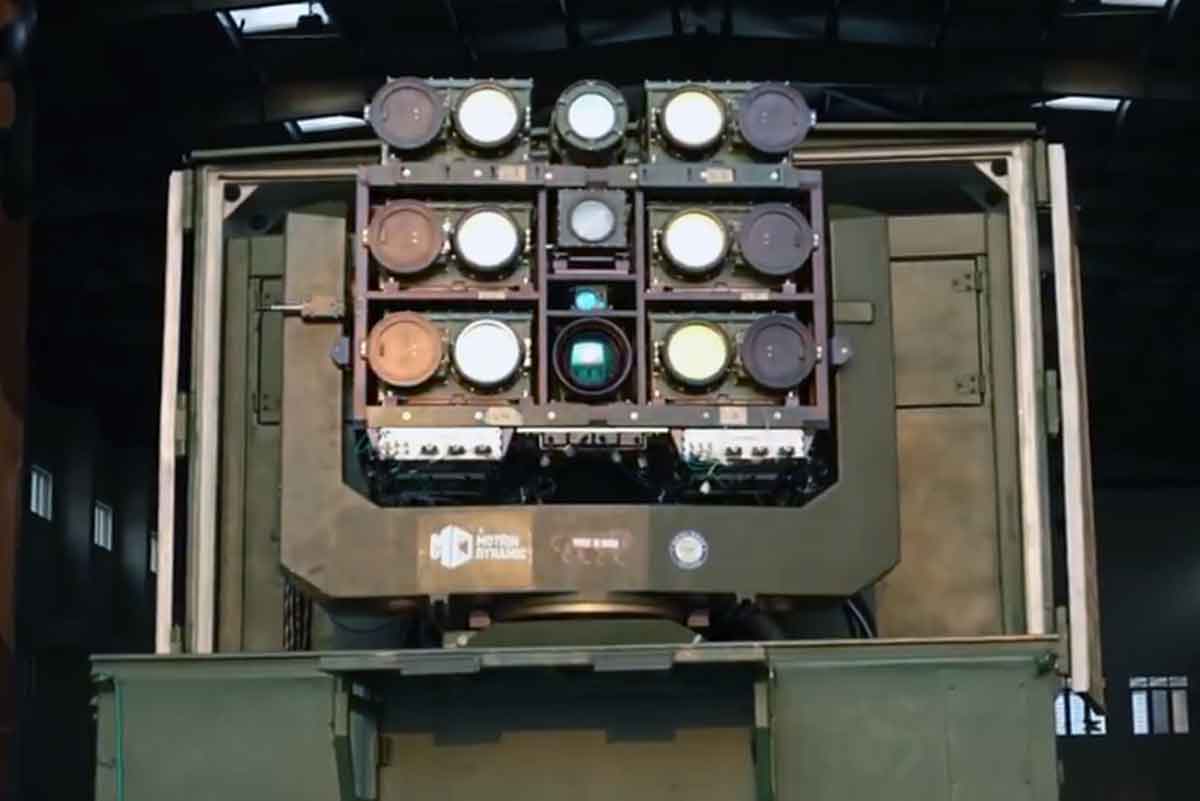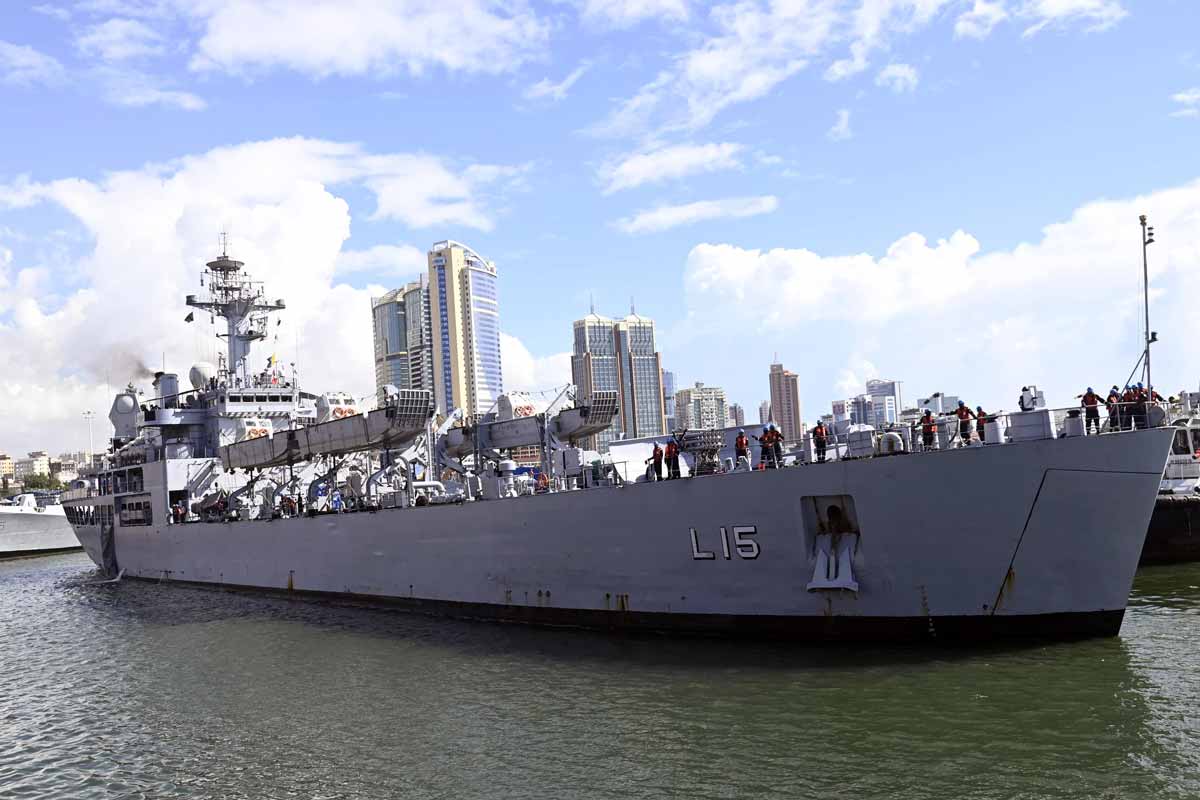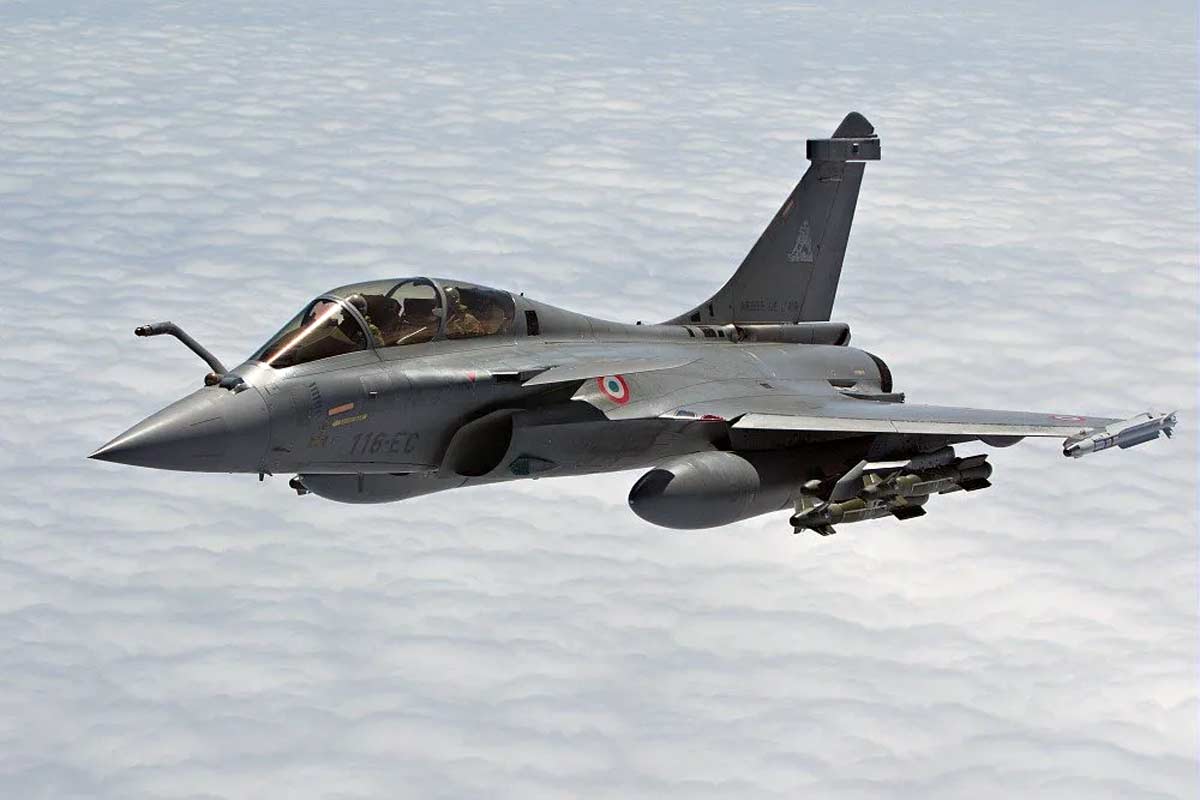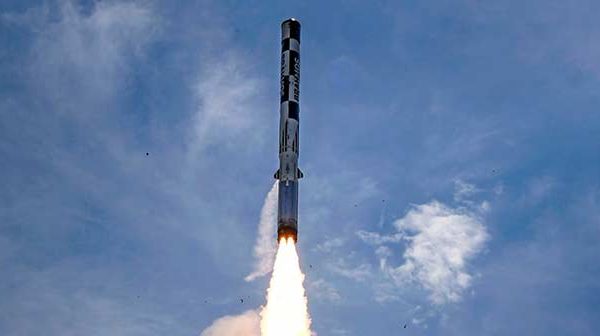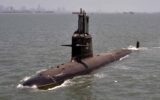DRDO’s Hypersonic Vehicle: In a big boost to India’s offensive military capabilities, India Monday successfully flight-tested a Hypersonic Technology Demonstrator Vehicle (HSTDV), India’s premier defence research and development organisation DRDO said on Monday.
The test of Hypersonic Technology Demonstrator Vehicle (HSTDV), which is a new frontier in cutting-edge defence technology, is considered a giant leap in the indigenous defence technologies and significant milestone towards a strong India (Sashakt Bharat) and self-reliant India (Atma Nirbhar Bharat).
With this test, India has joined the select club of handful nations that have this kind of latest defence technology. Earlier, Russia, China and the US have demonstrated this capability and with the today’s test India has also joined this select group.
With this mission, India’s premier defence research and development organisation, DRDO has demonstrated capabilities for highly complex technology that will serve as the building block for the next generation (NextGen) Hypersonic vehicles in partnership with Indian defence industry.
India’s defence minister Rajnath Singh congratulated DRDO scientists and engineers for the feet as it adds one more dimension to the country’s self reliance in defence sector.
“DRDO Chairman G Satheesh Reddy congratulated all scientists, researchers and other personnel related with HSTDV mission for their resolute and unwavering efforts towards strengthening Nation’s defence capabilities,” DRDO said in a tweet.
READ: Indian Navy: Vice Admiral SR Sarma takes charge as Chief of Materiel
DRDO’s (Hypersonic Technology Demonstrator Vehicle) HSTDV
The HSTDV developed by the DRDO is an unmanned scramjet demonstration aircraft for hypersonic speed flight.
The HSTDV (Hypersonic Vehicle) being developed as a carrier vehicle for hypersonic and long-range cruise missiles, and will have multiple civilian applications including the launching of small satellites at low cost.
The HSTDV program is run by the Indian Defence Research and Development Organisation.
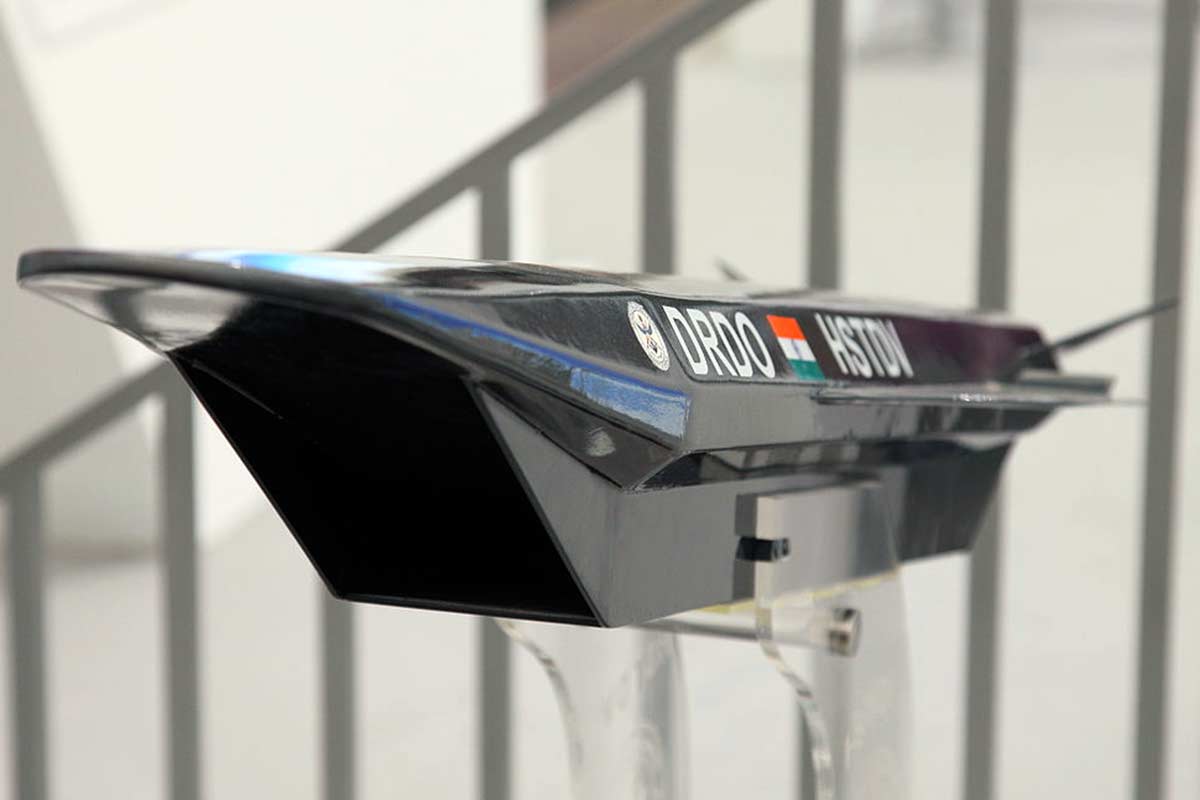
DRDO’s Hypersonic Vehicle (HSTDV)
READ: India likely to order 2 more Israeli Phalcon AWACS for US$1 billion
DRDO Hypersonic Missile
DRDO completed the design for airframe attachment with the engine in the year 2004.
According to reports, Israel and UK’s Cranfield University also provided assistance in development of India’s Hypersonic Vehicle.
DRDO HSTDV vehicle is intended to attain autonomous scramjet flight for 20 seconds, using a solid rocket launch booster.
The research will also validate India’s interest in reusable launch vehicles. The eventual target is to reach Mach 6 at an altitude of 32.5 km (20 miles).
READ: Make in India: Defence Ministry reserves 26 items only for local defence companies
DRDO HSTDV Specification
DRDO’s HSTDV weighs 1 metric tonne, it is 18 feet long (5.6-meter) air vehicle.
DRDO’s HSTDV features a flattened octagonal cross section with mid-body stub-wings and raked tail fins and a 3.7-meter rectangular section air intake.
The scramjet engine is located under the mid-body, with the aftbody serving as part of the exhaust nozzle. Development work on the engine is also in progress.
Two parallel fences in the forebody are meant to reduce spillage and increase thrust. Part span flaps are provided at the trailing edge of the wings for roll control.
READ: Indian Army Chief Gen MM Naravane visits forward areas along Pakistan border
A deflectable nozzle cowl at the combustor end can deflect up to 25° to ensure satisfactory performance during power-off and power-on phases.
Surfaces of the airframe’s bottom, wings and tail are made of titanium alloy, while aluminum alloy comprises the top surface.
The inner surface of the double-wall engine is niobium alloy and the outer surface is nimonic alloy.
READ: Dassault Reliance Aerospace resumes operations at Nagpur plant
DRDO’s HSTDV Test timeline
In 2016, it was announced that the test will be conducted by the year end, however, it was delayed and the first test flight was carried out in June last year.
Initial flight-testing was aimed at validating the aerodynamics of the air vehicle, as well as its thermal properties and scramjet engine performance. However, there were speculations that the first flight-tested conducted in June 2019 was only partly successful.
READ: Govt clears purchase of over 7 lakh assault rifles, torpedo decyos


